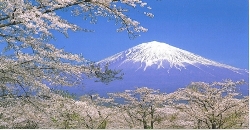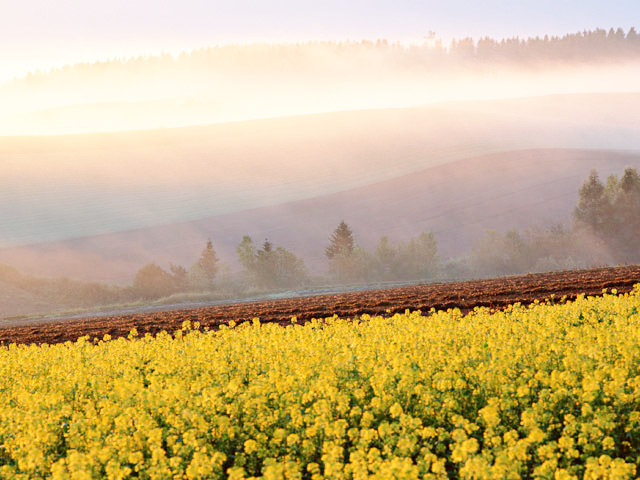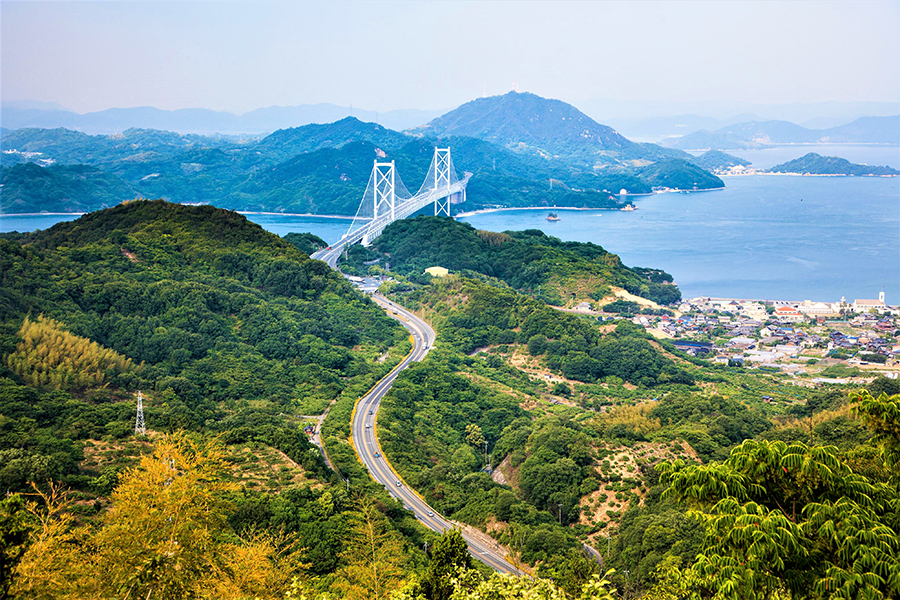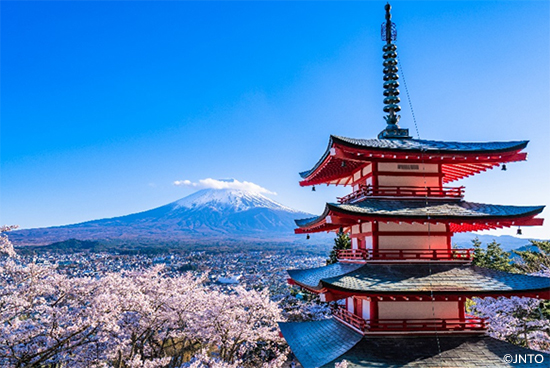By Jeff Cooper H2Outfitters A visit to the island archipelago of Japan gives one a sense of the contrasting harmonies that exist between environment, technology, and the cultural landscape. It is a land known for its intense imagery, from tranquil zen-style gardens to the rigid and violent, yet colorful way of the warrior, Bushido. This precarious balance is what has intrigued me since my first exposure to Japanese culture through its art, gardens, and history.
Surrounded by water it is an ideal destination for adventurous paddlers. While the sea encircling this chain of four islands can be unpredictable, offering some peaceful moments but more often demonstrating levels of violence that are truly spectacular, there are bodies of water protected by islands that are more promising paddling destinations. One might say more like a zen garden than a spirited samurai. Of course, that's not to say that a strong breeze may not blow through and shake a few trees! The paddling opportunities are tremendous, varied, and offer a wonderful combination of scenic splendor as well as cultural interaction with the locals.
Having been to Japan many times, I was excited to discover the Seto Inland Sea, a national park which consists of hundreds of islands within its boundaries. Rising dramatically out of the water these islands are scattered throughout the sea and offer glimpses of shrines, villages, and temples among their tree-studded cliffs. This is a sub-tropical paradise offering some wonderful fine sand beaches where sea salt is harvested by the villagers on a regular basis. Another local treat are the Mekkan oranges similar to Spanish Clementines, but much sweeter. Respective islands also have their own culinary specialties from the sea ranging from eel to oysters, each with a distinctive flavor, taste, and method of preparation. Of prime importance, for us paddling enthusiasts, are the traditional hot spring onsens, bathhouses offering a multitude of soaking opportunities at the end of a long day.
There is no better way to relax than by letting the rigors of the voyage soak away in pools of mineral-rich water, heated in the depths of the earth by Japan's geo-thermal furnaces. Oftentimes entire villages are centered around these hot springs and comfortable country inns, Ryokans, house these waters serving as mini spas. The Japanese Ryokan is a standard of hospitality, many of which offer a level of service that exceeds a western five-star expectation. Be prepared to sleep upon futons set up in traditional style tatami mat rooms, enjoy traditional eight course Japanese meals, and sit back and soak in the essence of the culture, relaxing in a world apart. In the Spring many of the island shrines put on festivals, each one unique and representative of the Shinto religion.
Colorful costumes, exciting contests, and re-enactments of historic events are often part of each event. As the tranquility of the Zen garden is juxtaposed with the action of the Samurai, the Inland Sea might be held in contrast to the frenetic activity that is 21st century Japan. From the flashing lights and action of city center, to the orderly conveyance of commuters within those same city boundaries, the dynamism of this country can be overwhelming. Like a tsunami wave, newcomers are swept along in this tide of activity as soon as they disembark onto terra firma. The movement of bodies en masse, the throngs of tiny commuter cars zipping along the highways and streets, and the background accompaniment of sound, clearly demonstrate this country's commitment to the future. And yet, there is an ever-present reverence for the past if one looks hard enough. The age of the samurai may be gone but the warriors of the day in Japan are driving their country in much the same way its ancient warriors moved to achieve their goals.
This is the land of Miyamoto Musashi, perhaps Japan's greatest warrior, a master-less samurai who made his way by starting over when the great wars ended in an era of peace. Known as "Ronin" or wave men, these out of work samurai roamed the country in search of employment among other things. Musashi was unique in that he pushed the boundaries of Kendo, the way of the sword, to new limits by challenging various masters and their students from region to region, learning as he moved along. Perhaps Musashi's greatest contribution to the businessman of today was his guide to strategy, the "Go Rin No Sho", A Book of Five Rings. This treatise was written at the end of his career as a swordsmen and its methodology has found applications for businessmen all over the world. Age the age of 50 he sat down to contemplate all that he had learned since first taking up a sword as a teenager and came to the realization that what was oftentimes accepted as "The Way," was simply one more stone on the path to true understanding. The spirit of the samurai is alive and well in the Japanese I have encountered over the years. As students of paddling, they are quick studies. In the realm of hospitality they are unequaled, and in the world of business they can be compelling in their approach and determined in their desire to win.
Overall, I feel any visit to Japan needs to offer not only the recreational aspect of the adventure but also an interaction with the people of its cities, visits to its shrines and temples, and participation in the ceremonial aspect of the culture. Takashi Matsuoka, in his novel of 19th century Japan, Cloud of Sparrows, states that ..." it is the nature of the balance that we achieve that displays our true character..." To me, this simple statement captures the essence of what Japan was, what it is today, and most likely, what it will be in the future. For those of you who are avid readers, a brief bibliography follows which will hopefully present you with a good "balance" of Japan's past and present and even provide you with some insight as to what lies ahead. The trips we have done to this country try to reflect all of these things and strive to offer that crucial balance of activity and culture.
Present Day Japan Kerr, Alex. Dogs and Demons. New York, NY: Hill and Wang, 2001. Smith, Patrick. Japan, A Reinterpretation. New York, NY: Pantheon Books, 1997. Novels of Japan Matsuoka, Takashi. Cloud of Sparrows. New York, NY: Delacorte Press, 2002. Statler, Oliver. Japanese Inn. New York, NY: Random House, 1961. Yoshikawa, Eiji. Musashi. Tokyo, Japan: Kodansha International, 1981. Yoshikawa, Eiji. Taiko. Tokyo, Japan: Kodansha International, 1992. On the Samurai Musashi, Miyamoto. A Book of Five Rings. Woodstock, NY: The Overlook Press, 1974. Turnbull, Stephen. Samurai, the World of the Warrior. Elms Court, Chapel Way, Botley, Oxford, U.K.: Osprey Publishing, 2003. Ratti, Oscar & Westbrook, Adele. Secrets of the Samurai - A Survey of the Martial Arts of Feudal Japan. Rutland, VT: Charles E. Tuttle Company, 1973.



















































